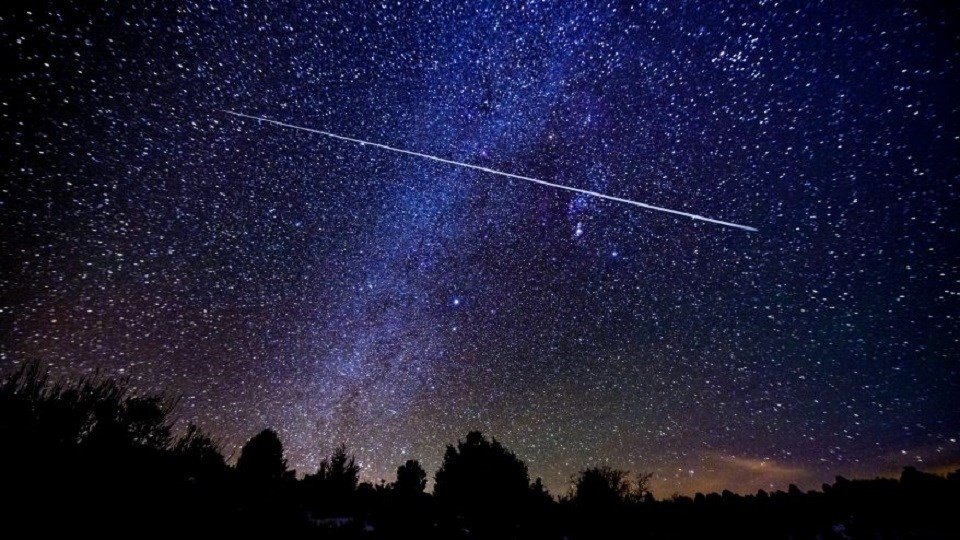Stargazers can benefit from looking at the sky this fall until the end of November, as Orionid meteor shower hits its peak.
The shower appears twice a year in the fall and spring, and it’s from the debris from the well-known Halley’s Comet.
Meanwhile, the meteor shower got its name from the constellation Orion, as it looks like that’s where the meteors are coming from.
Jeroen Stil, associate professor at the department of Physics and Astronomy at the University of Calgary (UofC), says looks can be deceiving.
“It actually has nothing to do with the constellation. The only thing is that the meteors appear to come from that constellation,” he said. “It’s just a perspective effect. Same thing happens when you…drive through the snow, and you see the snow coming straight ahead.”
The best time to see the meteors is after midnight for people living in Calgary and in the Northern Hemisphere.
“On the rural side of earth, we’re moving through the debris, and as we turn, in course of the night, we’re turning towards the side that faces the debris,” Stil explained.
The meteor shower will be visible to people living in other hemispheres at different times of the day.
It will be visible until end of November, and will get progressively dimmer as it nears its end.
With files from Emma Kilburn Smith.
